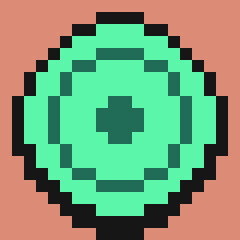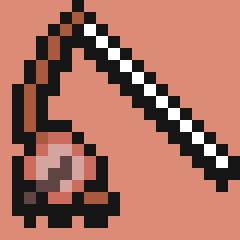Install Steam
login | language
简体中文 (Simplified Chinese) 繁體中文 (Traditional Chinese) 日本語 (Japanese) 한국어 (Korean) ไทย (Thai) Български (Bulgarian) Čeština (Czech) Dansk (Danish) Deutsch (German) Español - España (Spanish - Spain) Español - Latinoamérica (Spanish - Latin America) Ελληνικά (Greek) Français (French) Italiano (Italian) Bahasa Indonesia (Indonesian) Magyar (Hungarian) Nederlands (Dutch) Norsk (Norwegian) Polski (Polish) Português (Portuguese - Portugal) Português - Brasil (Portuguese - Brazil) Română (Romanian) � усский (Russian) Suomi (Finnish) Svenska (Swedish) Türkçe (Turkish) Tiếng Việt (Vietnamese) Українська (Ukrainian) Report a translation problem




 Denmark
Denmark



























This child is SEVERELY autistic.
Do not make loud noises near him.
Do not shine bright lights near him.
Do not look him directly in the eye.
Do not touch him or any of his toys.
Doing any of the above may set him off on an autistic rampage that could endanger the lives of many.